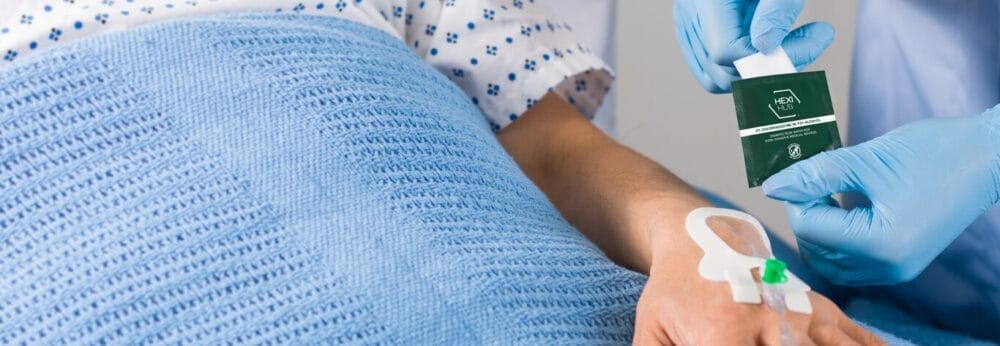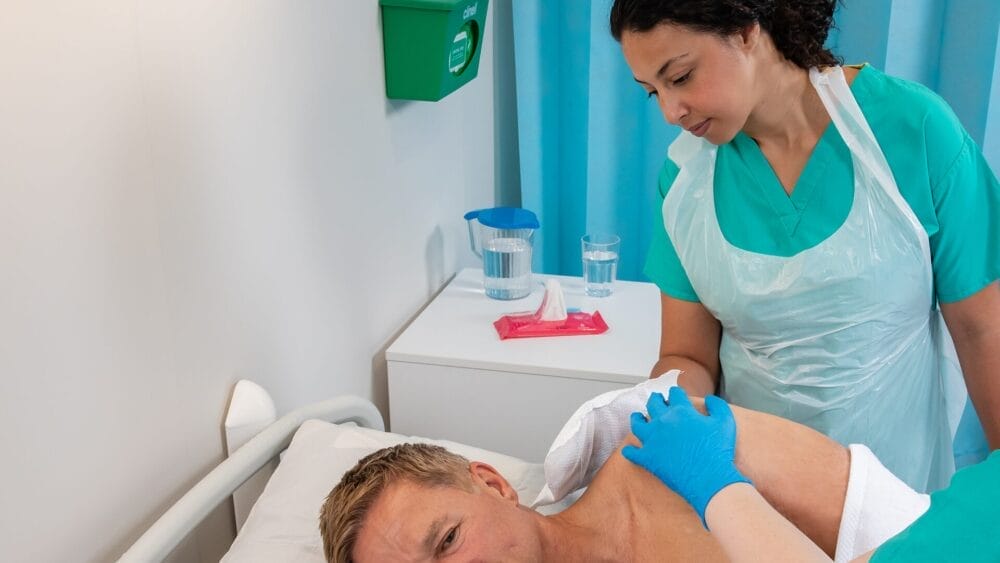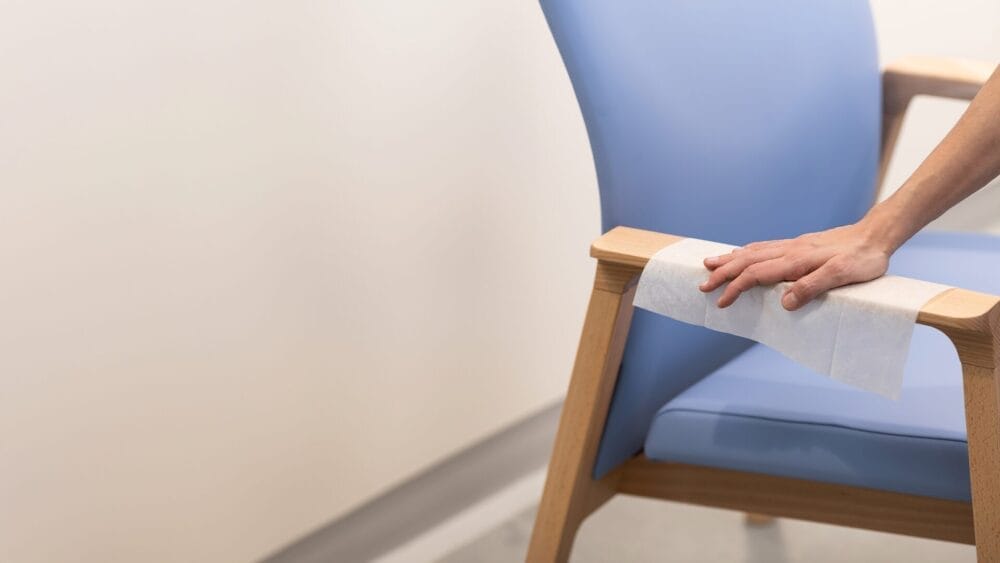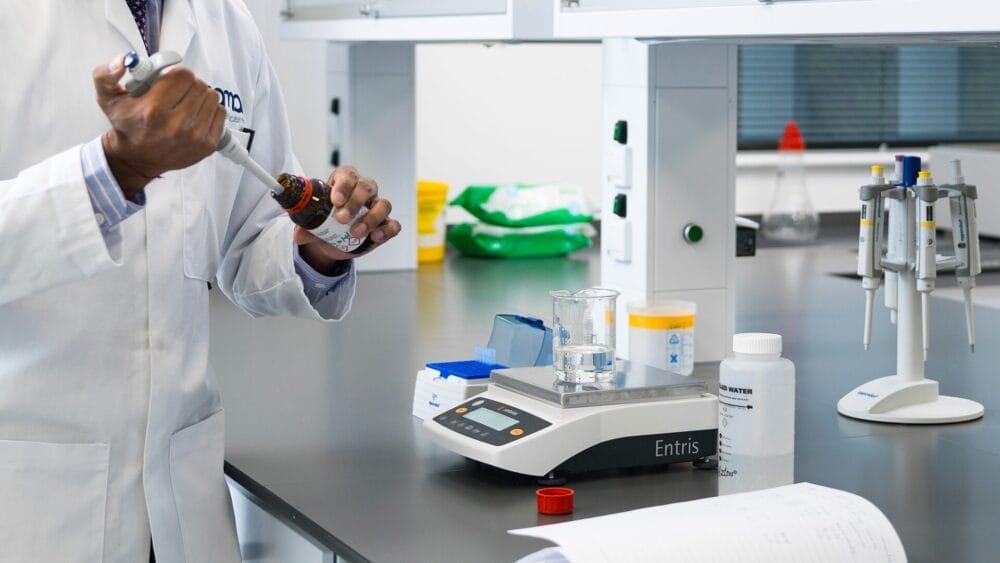Posted
22nd November 2022
Research
In honour of World Antimicrobial Awareness Week, we’re summarising the latest global report published by WHO on the global effort to tackle antimicrobial resistance (AMR). We discuss two case studies from the report: Malawi and Burkina Faso – global examples of the meaningful actions taken to address the threat of AMR.

What is AMR and why is it so important?
Antimicrobial resistance happens when microorganisms such as bacteria, viruses, and fungi evolve over time reducing the effect of antimicrobials, thus making infections harder to treat and increasing the impact of disease. Resistance to antimicrobials is a natural biological mechanism, for example many bacteria found in soil have innate resistance to antimicrobials. However, AMR can be accelerated by various factors such as poor infection control, misuse of antibiotics, global trade, and travel.
Based on the latest 2019 AMR report, 1.27 million deaths were recorded worldwide, and 4.95 million deaths were associated with AMR in 2019[1]. To put this into context AMR killed more people than Acquired Immunodeficiency Diseases (AIDs) in 2019. The WHO also estimates there will be a $1.2 trillion additional health expenditure spend per year by 2050 due to the rise of antimicrobial resistance.
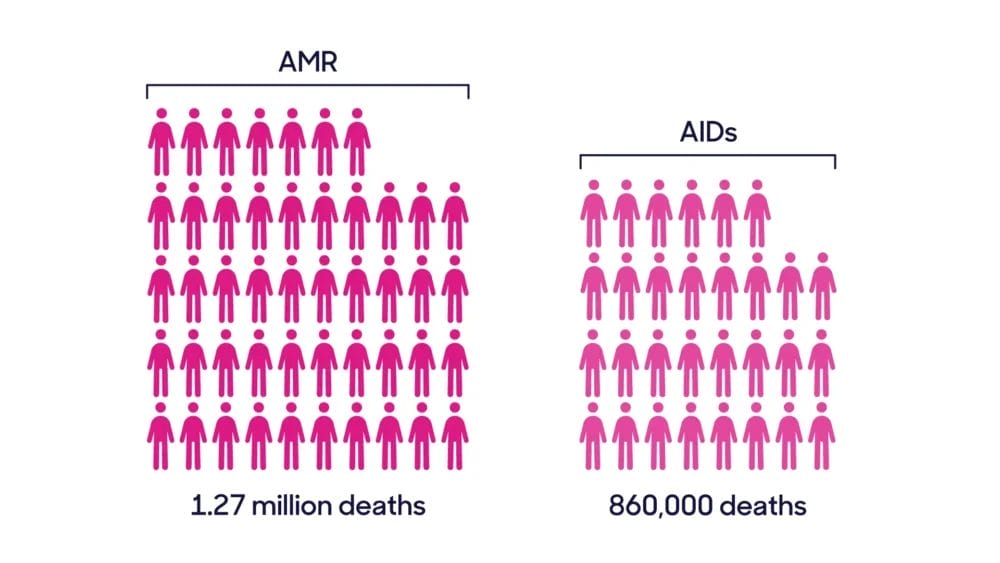
Related article: Why antimicrobial resistance (AMR) poses a major threat to human health
Review of National Case Studies
The Global sustained action report consists of case studies of countries who have aligned their National Action Plan (NAP) against AMR with the Global Action Plan (GAP) on AMR. Here are some examples:
Malawi
By aligning their NAP to the global action plan by the WHO, they were able to create a National Coordinating Committee (NCC) which comprised of interdisciplinary stake holders focused on improving the awareness of AMR through education and training, improving research and surveillance, improving sanitation, hygiene, and infection prevention methods. Also, to optimise the use of antimicrobial medicine in agriculture, humans, and animal health.
Some of the key successes during 2020-2021 were that IPC in human healthcare was the highest sustained human health indicator in Malawi. Some components of improved IPC were better sanitation, water management and hygiene (WASH), strong vaccination programme which boasts a coverage rate between 60-90%, and better documentation of hospital IPC resources including access to personal protective equipment. IPC improvement was prioritised in all levels of healthcare from large acute hospital to community care.
Burkina Faso
The NAP for combating antimicrobial resistance was developed by Burkina Faso’s Ministry of Health, Animal resources, Fishers, Agriculture, and other government bodies. Improvement in all IPC measures were observed which included safer antimicrobial prescribing practices for healthcare workers, strengthened AMR surveillance and increased public awareness of the treatment from AMR.
An observable achievement was in water management, sanitation, and hygiene. 91% of the country’s hospitals now have basic water services and 100% have hand hygiene stations at the point of care. As of February 2021, Burkina Faso Water Supply and Sanitation Program has supported the government to supply more than 60,000 people with access to improved sanitation services, which is having a positive impact on regional disease surveillance, reduced incidences of water-borne infections and AMR.
World Antimicrobial Awareness Week
During World Antimicrobial Awareness Week, we aim to increase the global consciousness of AMR as a worldwide issue and encourage best practice to reduce the spread of drug-resistant microorganisms and infections. In the latest WHO strategic priorities report on AMR, it was estimated that drug-resistant infections contribute to nearly 5 million deaths every year, which are avoidable if we had better infection prevention and control measures, greater availability of vaccines, improvement to sanitation and hygiene and better antimicrobial stewardship.
GAMA is committed to novel and innovative solutions to prevent and reduce infections, by offering products that range from environmental surface decontamination to air purification. Help us spread awareness about antimicrobial resistance by sharing this article on social media.
[1] Murray, C. J., Ikuta, K. S., Sharara, F., Swetschinski, L., Robles Aguilar, G., Gray, A., Han, C., Bisignano, C., Rao, P., Wool, E., Johnson, S. C., Browne, A. J., Chipeta, M. G., Fell, F., Hackett, S., Haines-Woodhouse, G., Kashef Hamadani, B. H., Kumaran, E. A. P., McManigal, B., … Naghavi, M. (2022). Global burden of bacterial antimicrobial resistance in 2019: a systematic analysis. The Lancet, 399(10325), 629–655. https://doi.org/10.1016/S0140-6736(21)02724-0
SHARE THIS ARTICLE
Tags
Latest News
Introducing HEXI HUB: A seamless transition in our product line
We’re pleased to announce an update to our product offering…
Innovative solutions for tackling Carbapenemase-producing Enterobacteriaceae (CPE) at King’s College Hospitals
King’s College Hospital NHS Foundation Trust, one of London’s largest…
Gloves Off: reducing unnecessary plastic waste during environmental cleaning and disinfection
In this blog, Dr Phil Norville discusses the momentum-gaining ‘Gloves…
Gloves Off: Navigating SDS sheets and skin safety claims in environmental decontamination products
In this blog, James Clarke (Head of R&D, Science &…

